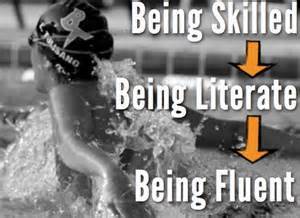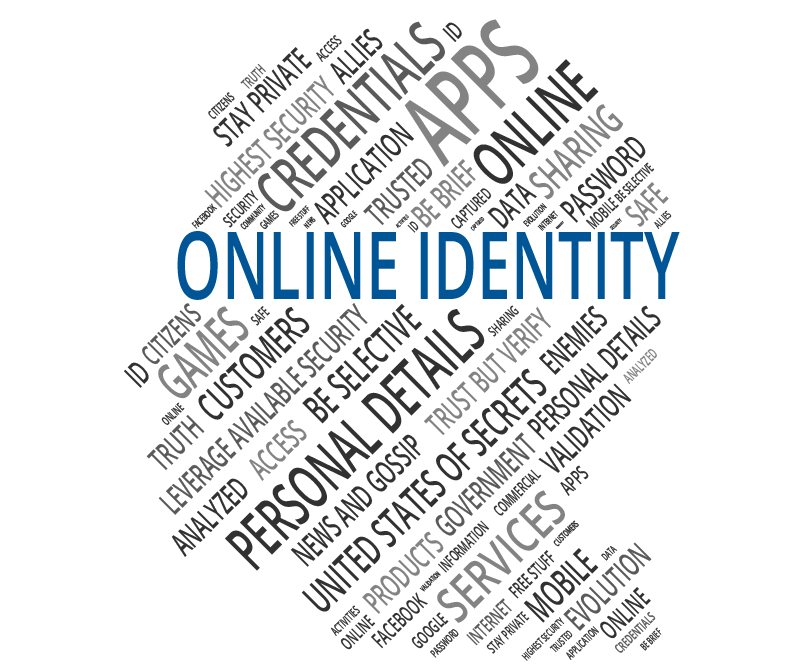 The photo “blogging”(Candid Writer, 2014)
The photo “blogging”(Candid Writer, 2014)
Final Critical Reflection
Teachers’ roles and responsibilities have changed dramatically in relation to the use of new digital technologies in recent times. This demands that the teachers are up to date with technological advancements and develop digital skills. Living a life immersed in technology has become part of the culture for digital natives and one unfamiliar to many parents and educators like myself. In this assessment I came across blogging, Voki and Nearpod which were all new to me.
Being a digital immigrant, which Howell (2012) describes as someone not very familiar with the increasingly changing digital technologies, I found blogging quite daunting to use initially. I discovered you can write a blog and add pictures and videos to it to share it all at once, this was all new to me. I also found that publishing your blog can make it available for wide range of users to read and provide feedback which can lead to meaningful discussions about the topic.
I found Nearpod to be an interactive presentation tool that could be used for visual presentations and to upload images and videos to make it fun and engaging to share information.
I discovered that Voki is a tool that allows to create talking character which could be used for auditory presentations. It allows users to customize the appearance of the characters, record their own voice or upload an audio file.
I learnt educators in this age have to be digitally aware to be able to engage the students and make the sharing of information convenient and interesting. The use of these tools promotes critical and analytical thinking, increased access and exposure to quality content and social interactions with peers. Technology today has become a combination of play and technology which ensures learning to occur. Howell (2012) suggests, “Learners move through a cycle of imagining, creating, playing, sharing and reflecting. Technology can support this if selected wisely and used appropriately”.
Words: 321
References
Howell, J. (2012). Teaching with ICT: digital pedagogies for collaboration and creativity. South Melbourne: Oxford University Press.
Candid Writer. (2014) . Blogging [image]. Retrieved from https://www.flickr.com/photos/127334652@N07/14902494197/



